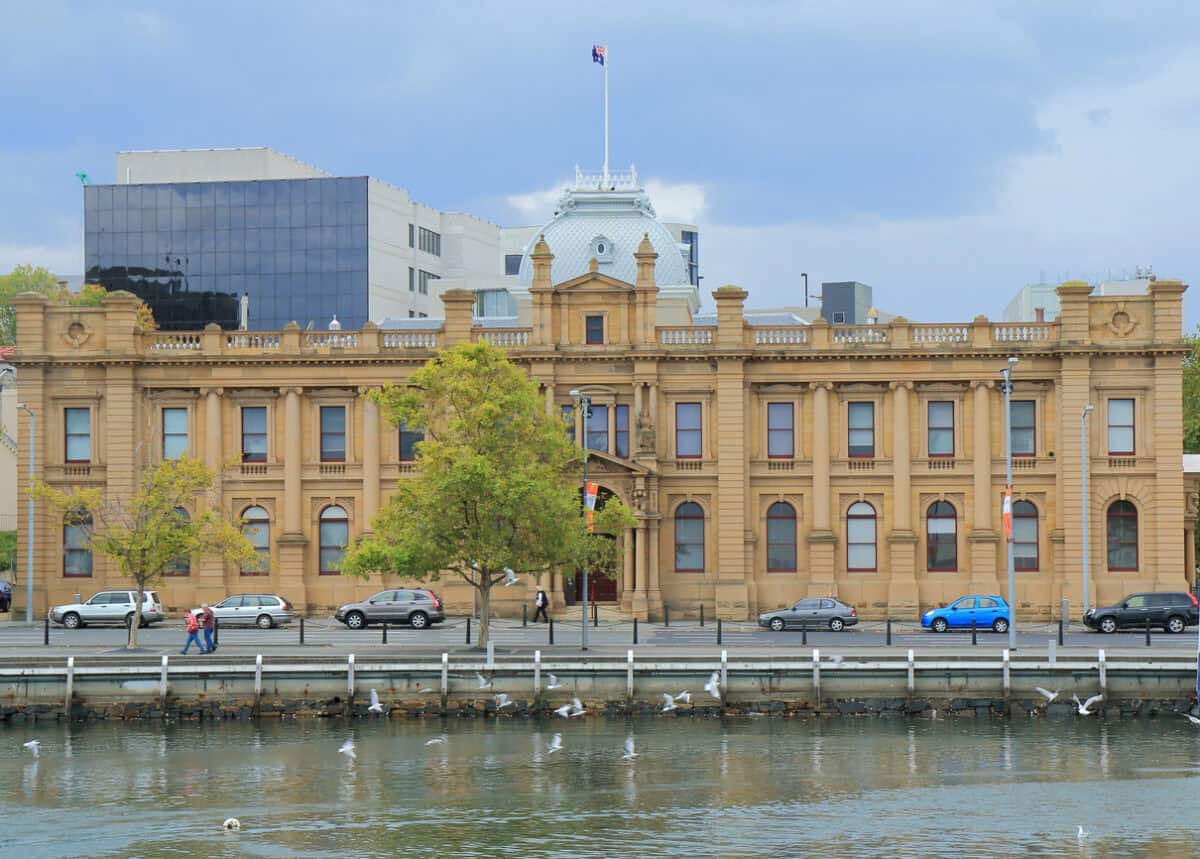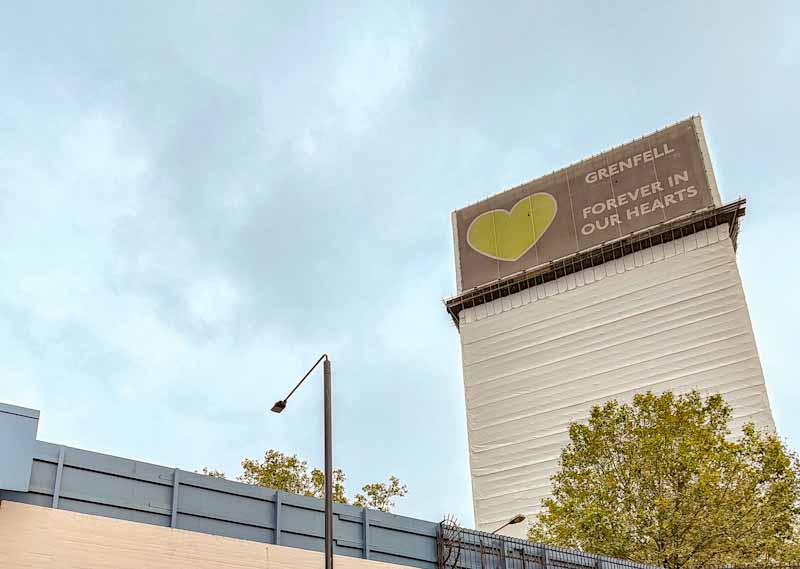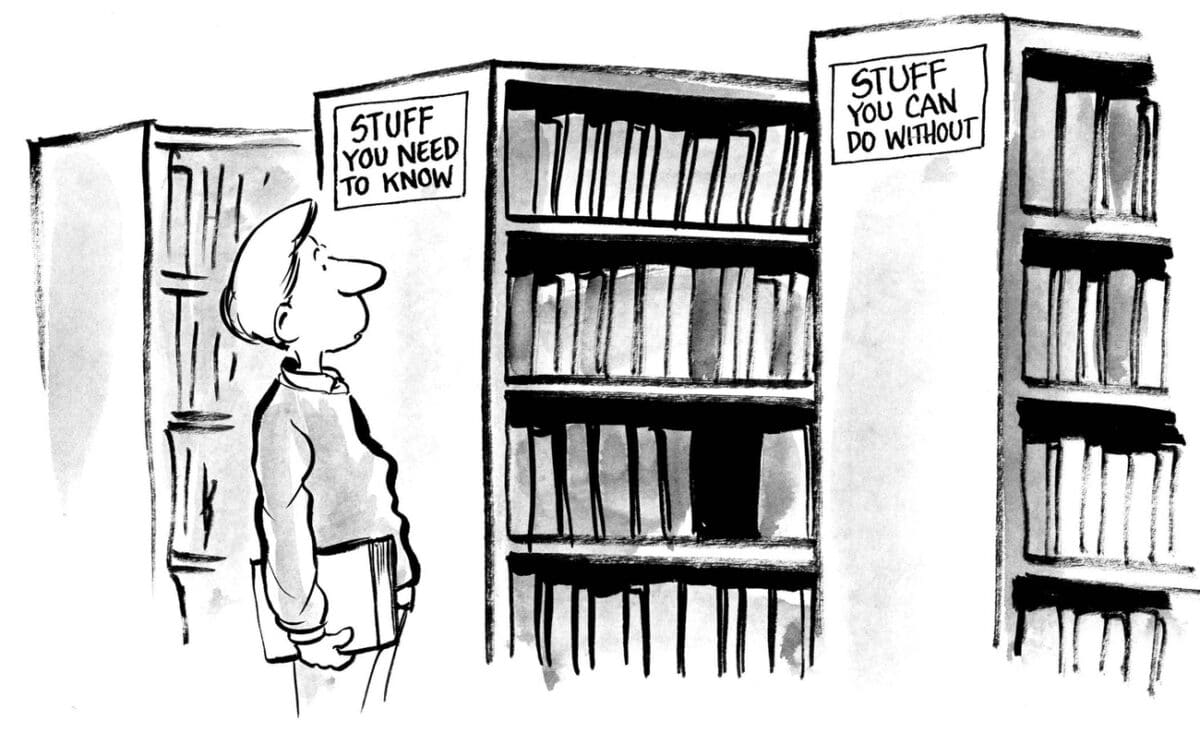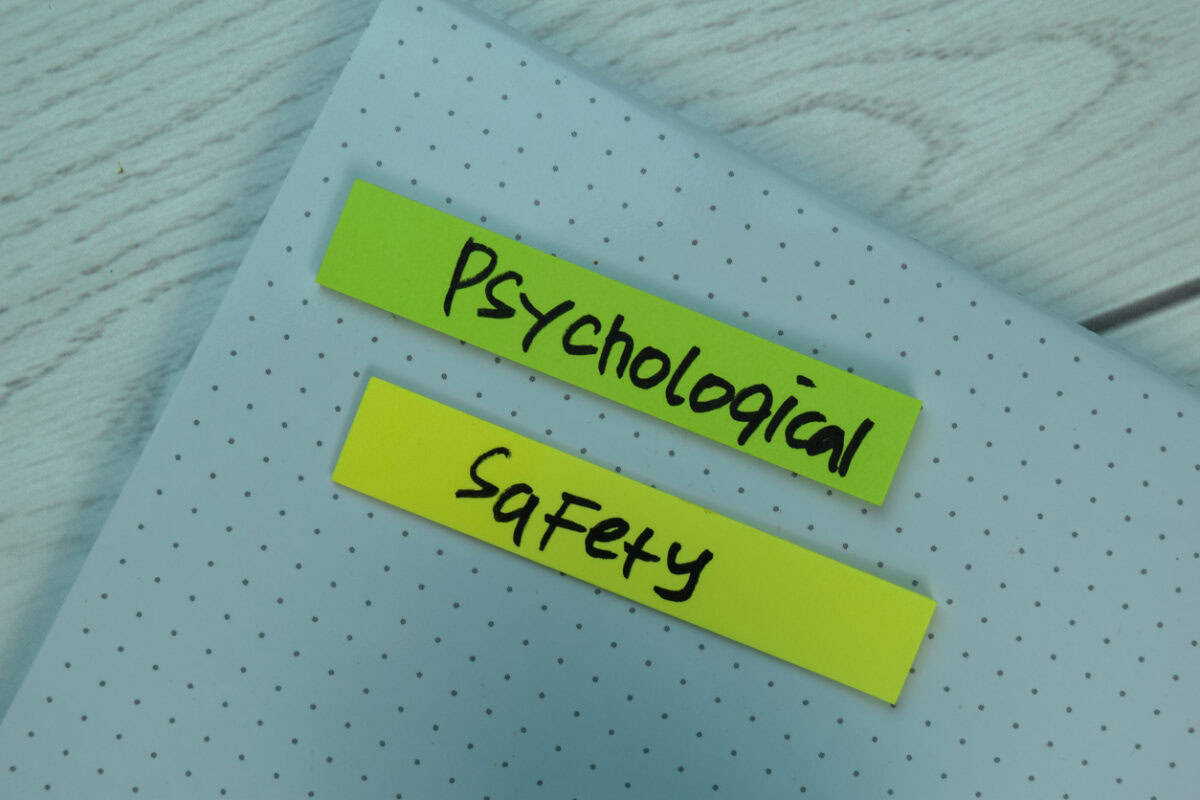”take safety seriously”
Tasmanian politicians recently discussed Industrial Manslaughter laws in Parliament. As with similar debates in other jurisdictions, occupational health and safety (OHS) appears to justify these amendments, but the OHS principle of preventing harm is rarely discussed. Deterrence? Yes, but Prevention? Not really....







